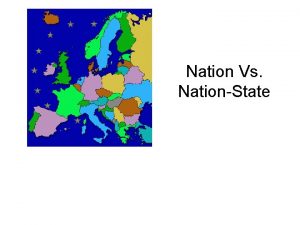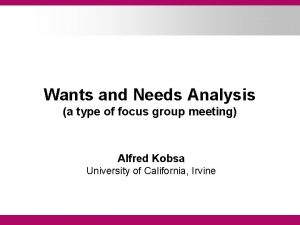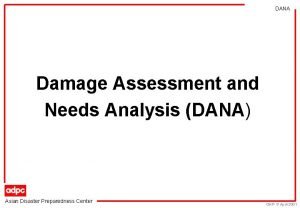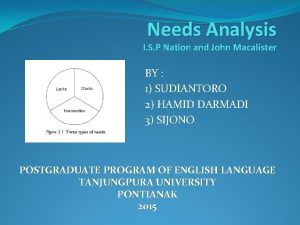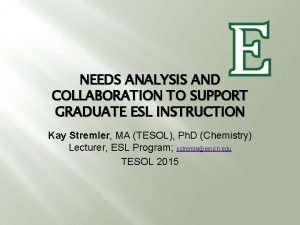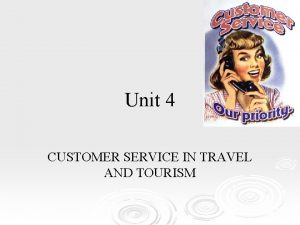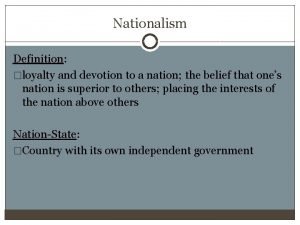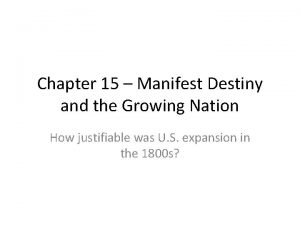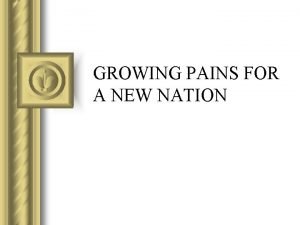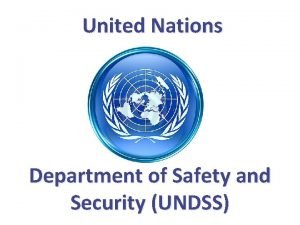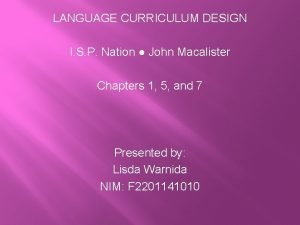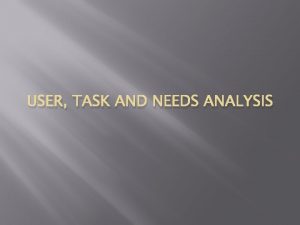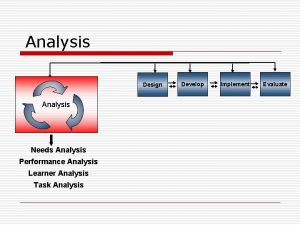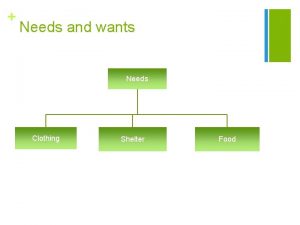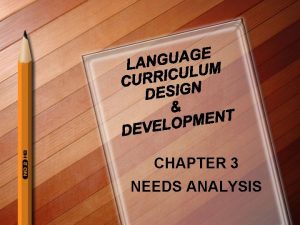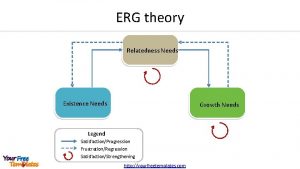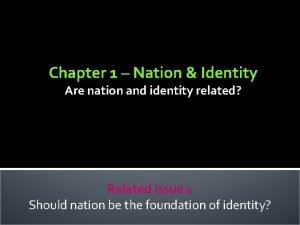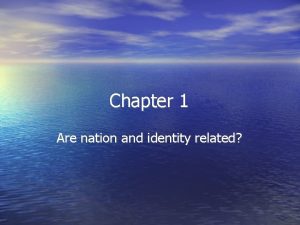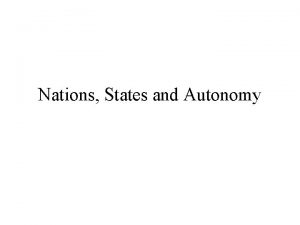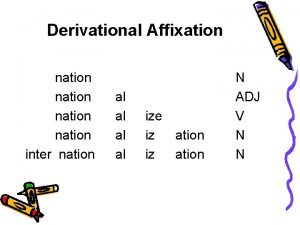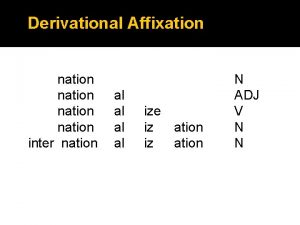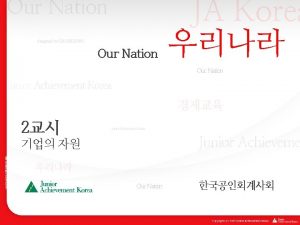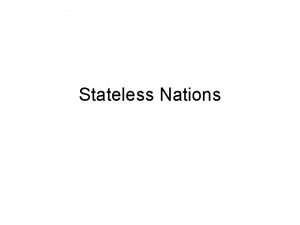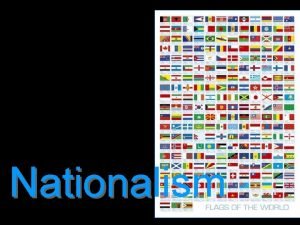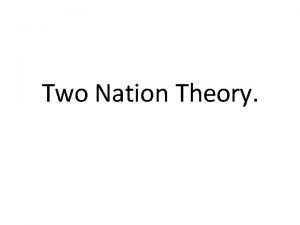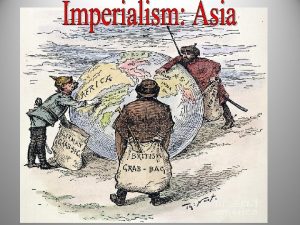Needs Analysis I S P Nation and John




























- Slides: 28

Needs Analysis I. S. P Nation and John Macalister BY : 1) SUDIANTORO 2) HAMID DARMADI 3) SIJONO POSTGRADUATE PROGRAM OF ENGLISH LANGUAGE TANJUNGPURA UNIVERSITY PONTIANAK 2015

NEEDS ANALYSIS PURPOSE The aim of this part of the curriculum design process is to discover what needs to be learned and what the learners want to learn.

The Various Focuses of Needs Analysis �Hutchinson and Waters (1987) divide needs into target needs (i. e. what the learner needs to do in the target situation) and learning needs (i. e. what the learner needs to do in order to learn). The analysis of target needs can look at:

THREE TYPES OF NEEDS LACKS WANTS NECESSITIES

NECESSITIES • What is necessary in the learners’ use of language? For example, do the learners have to write answers to exam questions? LACKS • What do the learners lack? For example, are there aspects of writing that were not practised in their previous learning (L 1, L 2)? • What do the learners wish to learn? WANTS

Discovering Needs �knowledge and situations of use and involves the study of situations and tasks that learners will need to engage in using knowledge gained from the course. �Observation and analysis may involve process and product. Observation of skilled and unskilled writers performing target tasks may reveal important areas that need attention during a course

�The outcomes of needs analysis must be useful for curriculum design. It is not worth gathering needs analysis information if no application can be found for it. It is therefore useful to do a pilot study first to check for this. �Table 3. 2 covers many of the questions that are usually raised in an analysis of target needs (Munby, 1978; Hutchinson and Waters, 1987).

Needs Analysis Tools


Others method by Long, 2005 a Method Source Triangulated method Long, 2005 Task-based/criterion referenced performance test Nornis, et al, 2002 Surveys and questionnaires Bernard, 1994 Computer-aided corpus analysis interviews Flowerdew, 1994 Register/rhetorical analysis Selinker, 1988 Discourse analysis Hatch, 1992 Content analysis Flowerdew, 1994 Diaries/journals/logs Bailey & Oschrer, 1983 Classroom observation Chaudron, 1988 Non-participant observation Bernard, 1998 Participant observation Bernard, 1994 Unstructured interviews Hoadley-Maidment, 1983 Structured interviews Bernard, 1994

Sample : EAP course Type of Need Type of Focus informatio n Necessities Lacks Source of Information How the information will be gathered Lecturer University staff Course Outline Situation of use Learner Other course Vocabulary analysis Interview Syllabus Timeframe Corpus analysis Proficiency Task analysis Proficiency Writing assignment Learner’s assignment Lecturer Learner Situation of use Learner Wants Wishes Learner Use Learner Think-aloud protocol Interview questions Checklist/proficie ncy Test Observation Interview/questio nnaire observation

Evaluating Needs Analysis consider …. The range of type of information gathered in the needs analysis. 2. Considering its reliability, validity and practicality of the needs analysis procedures 3. The quality of the application of the need analysis findings to the other parts of the curriculum design process. 1.

RELIABILITY, VALIDITY AND PRACTICALITY �Reliability consider about well-thought-out; standardized tools. By recording, checklist, or observation. �Validity consider about what is relevant and important. By using LIST or scale. �Practicality consider about learner/teacher time efficiency, clear/easy to understand result, easily incorporated to the curriculum design process.


Learner’s self evaluation

Evaluating Teacher’s need and wants (Masuhara in Tomlinson, B. ) Stages of use Agent Pre-use (materials selection) Teachers Collecting information Director of about the books studies Whilst-use Teachers director of studies Kind of investigation Methods ELT reviews reputation colleagues’ opinion based on experience of use Impressionistic pre-use evaluation Looking through the book for: -overall impression, syllabus, topics/ subjects, illustrations. Systematic pre-use evaluation a. Making use of self-generated criteria b. Making use of experts checklist Analysis of subjective data The teacher by the teacher and by diary/journal/interview/forum others Quantitative and qualitative analysis Classroom-observation data Analysis of objective data Keeping records of: selective use of units and parts of units, supplementary use of homegrown materials, adaptation of the coursebook.

Rubric for evaluating INSTITUTION/COURSE instructional Goals (Walter, Lou, James : 2009) No Some Yes A. Congruence with Organization Needs Is/Are the instructional goal statement (s) : 1. linked clearly to an identified problem in the organization? 2. linked clearly to documented performance gaps? 3. Clearly a solution to the problem? 4. acceptable to those who approve the instructional effort? B. Feasibilty Does the plan include : 1. stable content/skills over time to warrant investment/resources? 2. sufficient designer expertise in instructional goal area? 3. sufficient people to design/develop/deliver instruction? 4. sufficient time to design/develop/deliver instruction? 5. an adequate number of learners for development/delivery? C. Clarity Do the instructional goal statement (s) describe the : 1. actions of the learners (what they will do)? 2. content clearly? 3. intended learners? 4. performance context? 5. tools available to learners in performance context? D. Other 1. …………. 2. …………

Issues in need analysis v Common core and specialised language v Narrow focus- wide focus v Critical need analysis

1. Common core and specialised language Ø learners should first focus on a common core of 2000 words. Ø Focus on general academic vocabulary to wide range of disciplines

Cont. . . The study of vocabulary shows that: A. The goals are very focused (1, 600 common core & 650 general academic words) B. Grammatical items; q Stage 1 consisting of high-frequency q Stage 2 text types of the discipline

2. Narrow facus – wide focus • • Detailed systems of needs analysis determine by what language a particular language. the importance of successful communication within a specific discourse community.

3. Critical needs analysis q Affected by the ideology of those in control of the analysis ü the questions they ask ü the areas they investigate ü the conclusions they draw

Case studies (1) The range of types of information gathered in the needs. (2) the reliability, validity and practicality of the needs analysis procedures. (3) the quality of the application of the findings of the needs analysis to the other parts of the curriculum design process.

References �Nation, ISP and Macalister, J. 2010. Language Curriculum Design. New York: Routledge �Dick, W. and Carey, et al. 2009. The Systematic Design of Instruction. New Jersey: Pearson �Tomlinson, B. 2011. Materials Development in Language Teaching. 2 nd Ed. UK: Cambridge University Press

Discussions 1. In your opinion, what part that you feel difficult in conducting needs analysis? (Sari) A: In our opinion, analyzing the learners necessities is very difficult. Because each students has various needs. 2. What do you mean by common core word? (Yovinus) A: based on the issue, common core words is kind of standardized vocabulary that the learner must acquired before comprehending any writing assignment.

3. Who will take responsible in need analysis? (Gina) A: The Ministry of Education, The institution/school/course, and the teacher. 4. What is the different between necessities and wants? (M. Ridho) A: Necessities is what the learner has to know in order to get clearly understanding of the material that they learn in the class. And Wants is what the learner wishes for life after learning the materials.

5. How many types of need analysis? In your opinion, which one goes first? (M. Ridho) A: consequently, all part of needs analysis is important and has the same portion. But particularly, necessities could be the starter of learner’s need analysis.

Thank You…
 Country vs nation
Country vs nation Nation vs state
Nation vs state Theories of origin of state
Theories of origin of state Primary needs and secondary needs
Primary needs and secondary needs Satisfaction
Satisfaction Primary needs and secondary needs
Primary needs and secondary needs Strategic gender needs and practical gender needs
Strategic gender needs and practical gender needs Procedure of need analysis in esp
Procedure of need analysis in esp Needs and wants analysis
Needs and wants analysis Dana asian
Dana asian Introduction fast food
Introduction fast food Needs analysis necessities lacks wants
Needs analysis necessities lacks wants Needs analysis esl
Needs analysis esl Need analysis example
Need analysis example Individual needs analysis
Individual needs analysis Chapter 5 diversity and human needs and development
Chapter 5 diversity and human needs and development Stated and unstated needs travel and tourism
Stated and unstated needs travel and tourism Loyalty and devotion towards a nation.
Loyalty and devotion towards a nation. Every nation and every country has
Every nation and every country has Every nation has _________ customs and traditions
Every nation has _________ customs and traditions Manifest destiny and the growing nation
Manifest destiny and the growing nation A new nation and its growing pains review
A new nation and its growing pains review United nations department of safety and security (undss)
United nations department of safety and security (undss) Industry and immigration lesson 5 a nation of cities
Industry and immigration lesson 5 a nation of cities Mujaddid alf sani and two nation theory
Mujaddid alf sani and two nation theory Focused opportunistic approach
Focused opportunistic approach Every nation and every country
Every nation and every country The nation and its fragments
The nation and its fragments The american people creating a nation and a society
The american people creating a nation and a society

